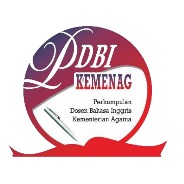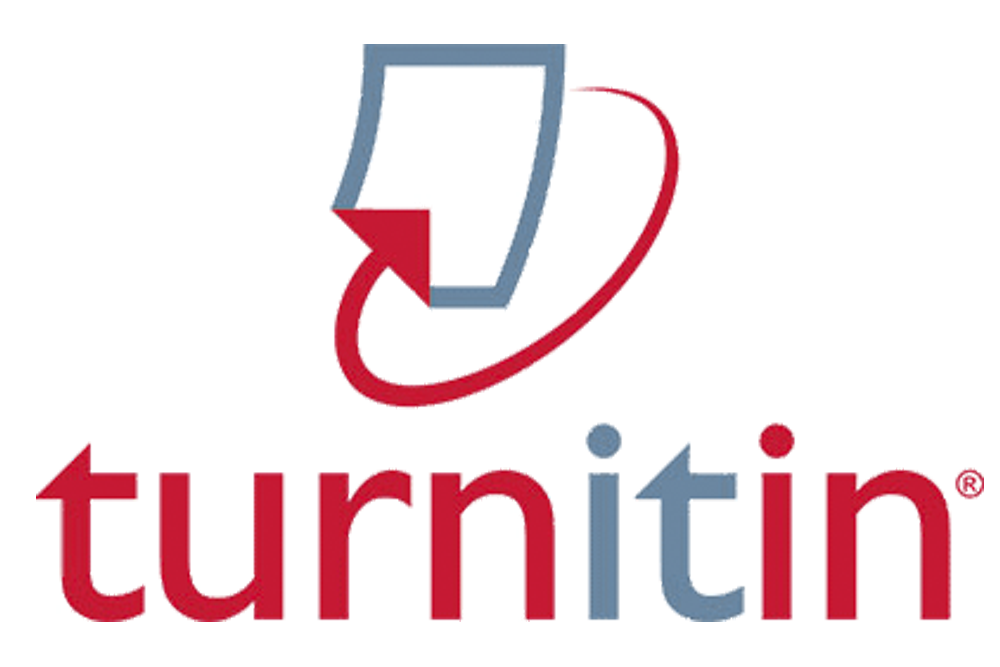The Application of Collaborative Writing Strategy in Teaching Composition in a Public Junior High School
Abstract
The qualitative descriptive method was used by the researcher in this study. The term "qualitative descriptive research" refers to a survey study that determined and described the use of a collaborative writing strategy in teaching composition. The study's objectives are to learn how the teacher uses the collaborative writing strategy in teaching composition in a public junior high school, as well as the students' reactions to the strategies used by the teacher in teaching writing in a public junior high school. The teachers and students of UPT SMP Negeri 6 Makassar's ninth grade were the study's subjects. As a result, the researcher chose one of the two teachers at this school who could use Microsoft 365 and two classes, BI.2 and 9. A, as the subjects of the study. According to the findings, the English teacher at UPT SMP Negeri 6 Makassar frequently employs three of five strategies, including horizontal division parallel writing, stratified division parallel writing, and reactive writing strategy. Furthermore, the researcher discovered that students' responses to the strategies that the teacher implemented in teaching writing of collaborative writing gave a positive response toward the collaborative writing strategy that the teacher used, and students' responses to the strategies that the teacher implemented in teaching writing tend to prefer groups in the form of group discussions rather than writing alone because they cannot exchange information and understanding. Because the students' background knowledge is still insufficient, the researcher discovered that group single author writing and sequential single writing are rarely used by the teacher during the research process.
Keywords
Full Text:
PDFReferences
Applebee, A. (1986). Problem in process approaches. In Anthony R. Petrosky and David Bartholomae (Eds.),The teaching of writing. Distributed by The University of Chicago Press.
Bosley, D. S. (1989). A National Study of the Uses of Collaborative Writing in Business Communication Courses among Members of the ABC [Unpublished Doctoral Dissertation]. Illinois State University.
Graham, S., & Perin, D. (2007). A meta-analysis of writing instruction for Adolescent students. Manuscript submitted for publication.
Grgonic, Natalija, Raden, & Orgjen. (2005). Classroom Practice: Collaborative Writing. ENGL.
Hadjerrouit, S. (2011). A Collaborative Writing Approach to Wikis: Design, Implementation, and Evaluation. Issues in Informing Science and Information Technology, 8, 431–449.
Harmer, J. (2002). The practice of English language teaching (3rd ed.). Longman.
Hayes, J. R., & Flower, L. S. (1980). Identifying the organization of writing processes. In Lee W. Gregg & Erwin R. Steinberg (Eds.), Cognitive Processin Writing. Lawrence Erlbaum.
Hayes, J. R., & Flower, L. S. (1983). Uncovering cognitive processes in writing: An introduction to protocol analysis. In Peter Mosenthal, L. Tamor, & S. A. Walmsley (Eds.), Research on Writing: Principles and methods. Longman.
Lowry, P. B., Curtis, A., & Lowry, M. R. (2004). Building a Taxonomy and Nomenclature of Collaborative Writing to Improve Interdisciplinary Research and Practice. Journal of Business Communication, 41(66), 74–81.
Lunsford, A. (1991). Collaboration, Control, and the Idea of a Writing Center. The Writing Center Journal, 12(1), 3–10.
Majlinda. (2017). IJAEDU–International E–Journal of AdvancesInEducation. http://ijaedu.ocerintjournals.org.com.
Montero, A. (2005). What a feeling! Motivating EFL students through collaborative writing with poems. English Teaching Forum, 43(3), 36–38.
Mulligan, Christopher, & Garofalo, R. (2011). A Collaborative Writing Approach: Methodology and Students Assessment.
Nina, K. V. (2016). Teaching Writing Skills by Using Brainwriting. OKARA: Journal of Languages and Literature, 1.
Rohman, D. G., & Wlecke, A. O. (1965). Pre-writing: The construction andapplication of models for concept formation in writing (U.S. Office of Education Cooperative Research Project No. 2174).
Rollinson, P. (2005). Using peer feedback in the ESL writing class. ELT Journal.
Rukayah. (2014). The writing skill of 3th grade students of sibulue sub district junior high School of bone regency. International Journal of Linguistics, 6(2).
Siddiq, A. (2013). The use of semantic mapping technique to improve writing skill in descriptiveText. JP3, 1(12), 8–15.
Stroch, N. (2011). Annual review of applied linguistic. CambridgeUniversityPress.
Wigati, F. A. (2015). Meningkatkan kemampuan essay writing dengan menerapkan metode collaborative writing plus pada mahasiswa dengan level English proficiency yang berbeda. Majalah Ilmiah Solusi, 2(05).
DOI: http://dx.doi.org/10.29240/ef.v5i2.3246
Refbacks
- There are currently no refbacks.
Copyright (c) 2021 Windy Puspitasari Suparto

This work is licensed under a Creative Commons Attribution-NonCommercial-ShareAlike 4.0 International License.
INDEXED BY:
 This work is licensed under a Creative Commons Attribution-NonCommercial-ShareAlike 4.0 International License
This work is licensed under a Creative Commons Attribution-NonCommercial-ShareAlike 4.0 International License
@ ENGLISH FRANCA : Academic Journal of English Language and Education
Jl. Dr. AK Gani No 1 Dusun Curup, Rejang Lebong Regency, Bengkulu Province, Indonesia, 39119.
Dr. Eka Apriani, M.Pd., email: efranca@iaincurup.ac.id, eka.apriani@iaincurup.ac.id.




.png)












